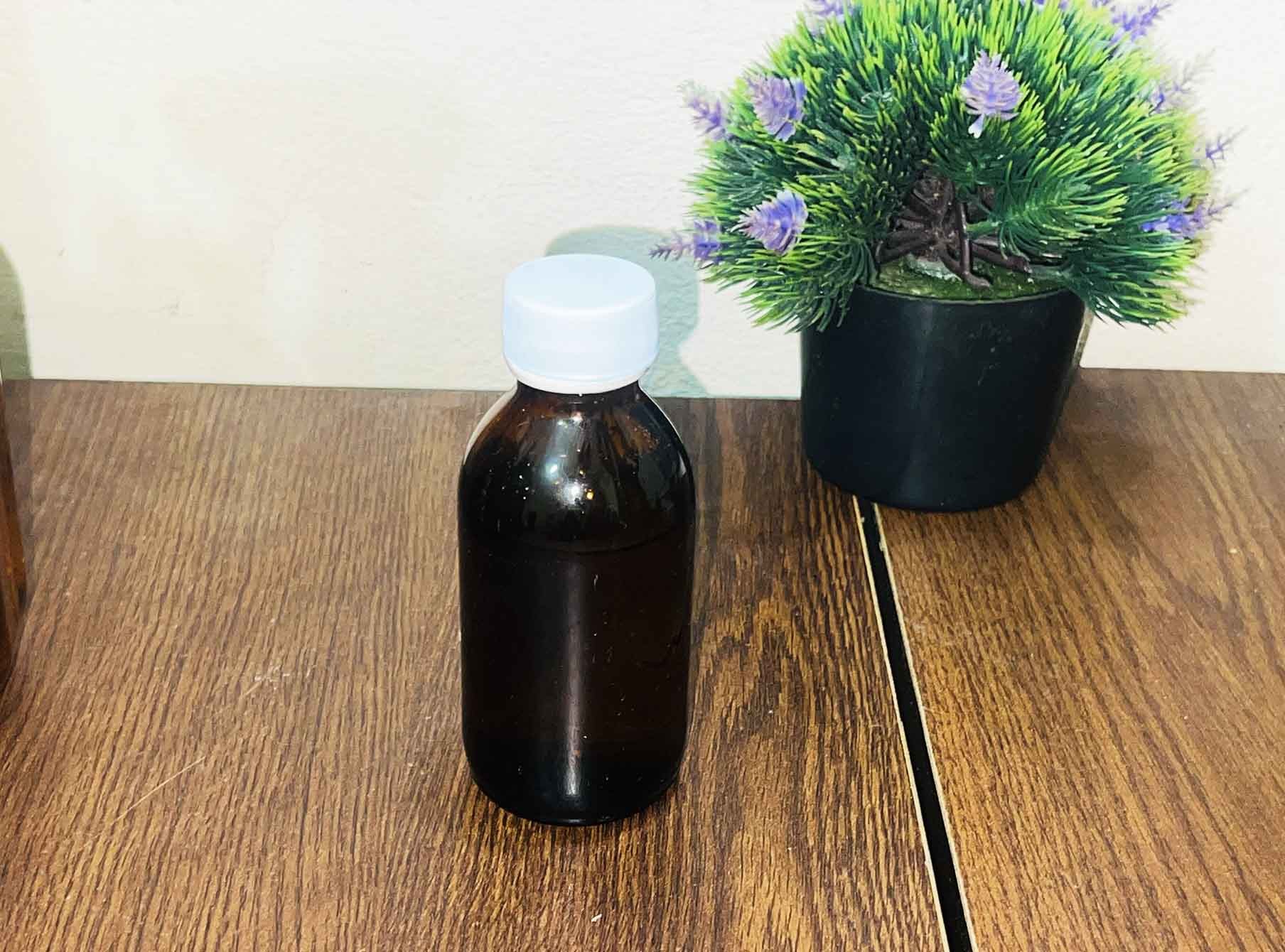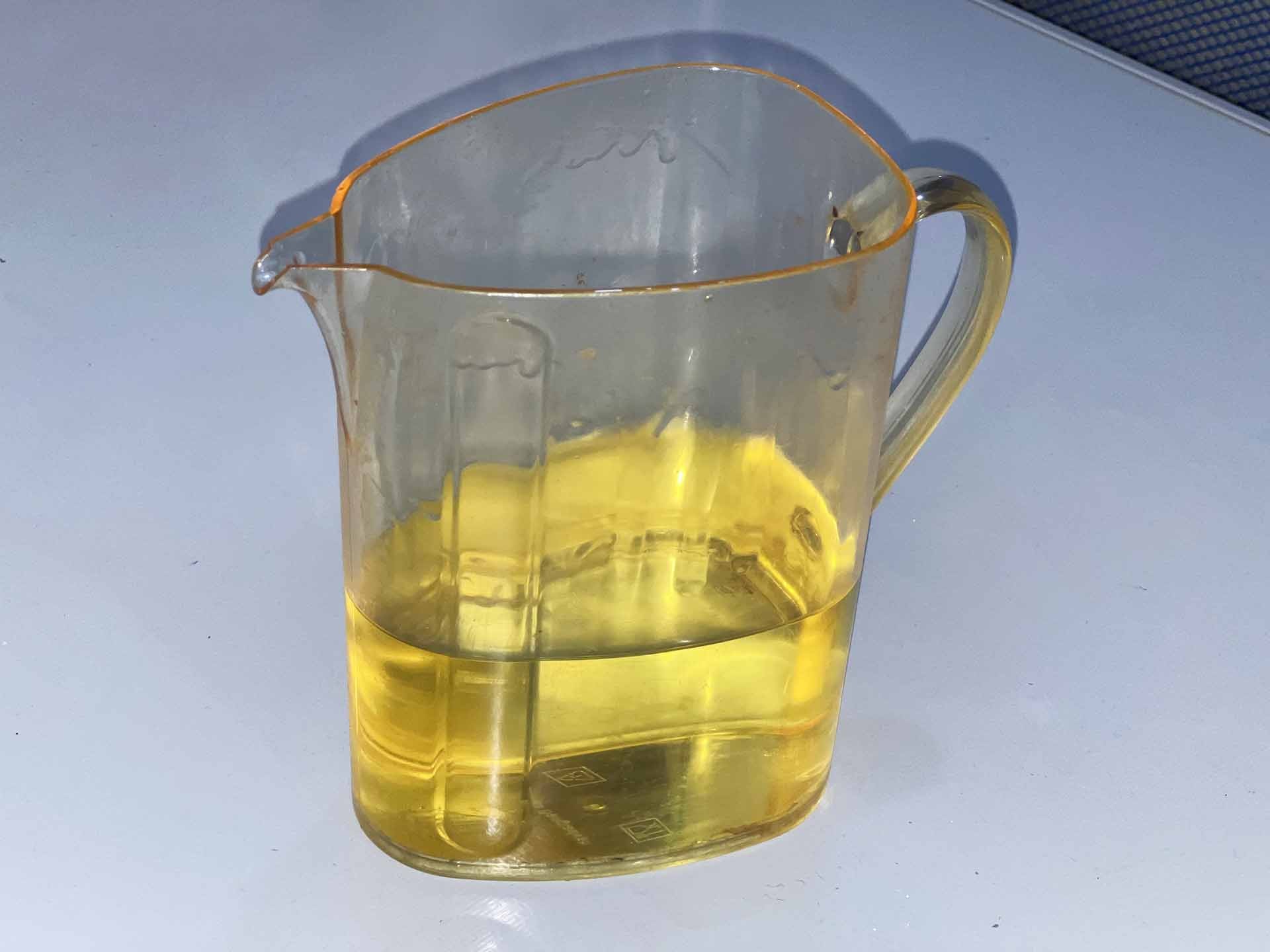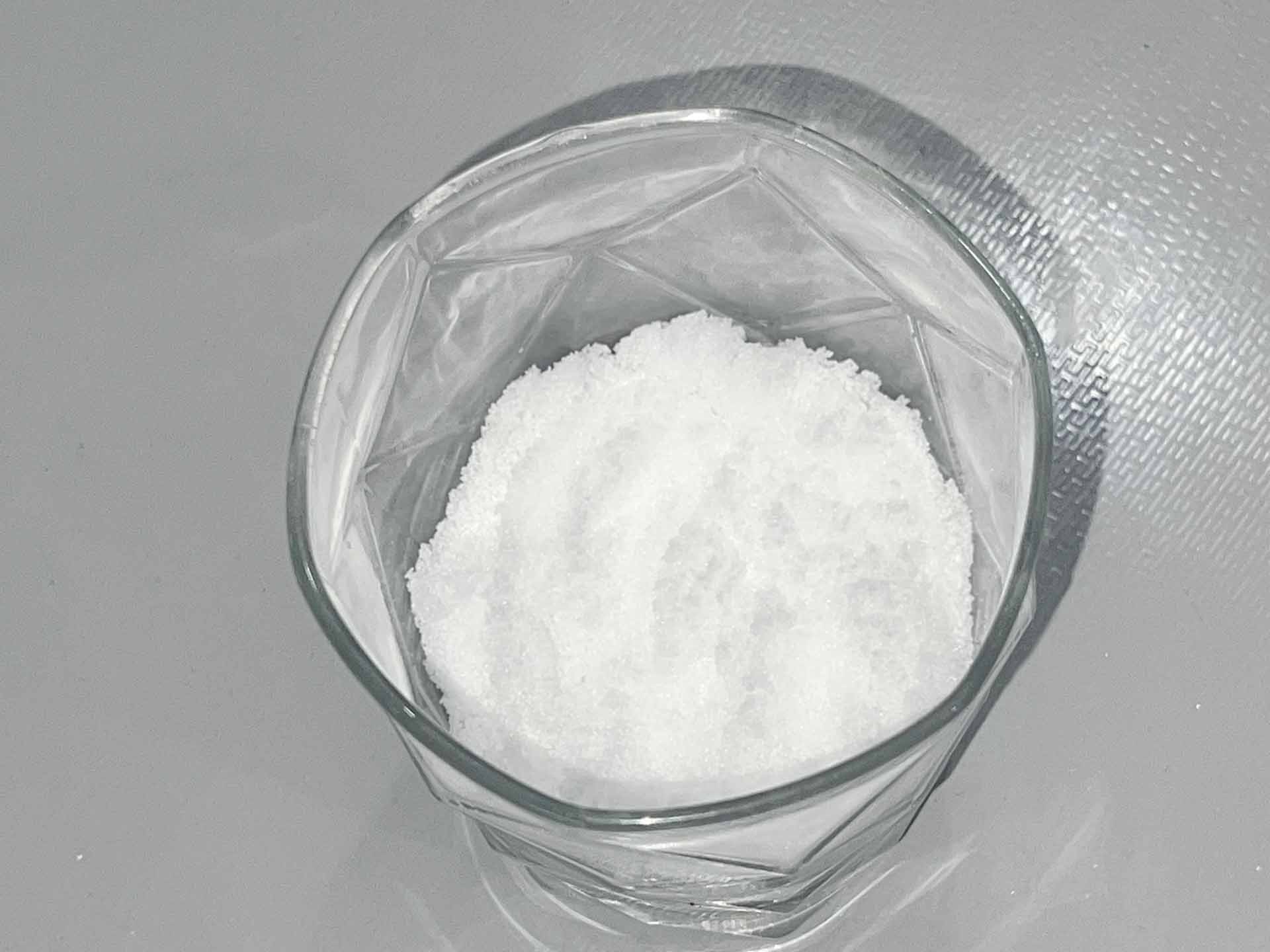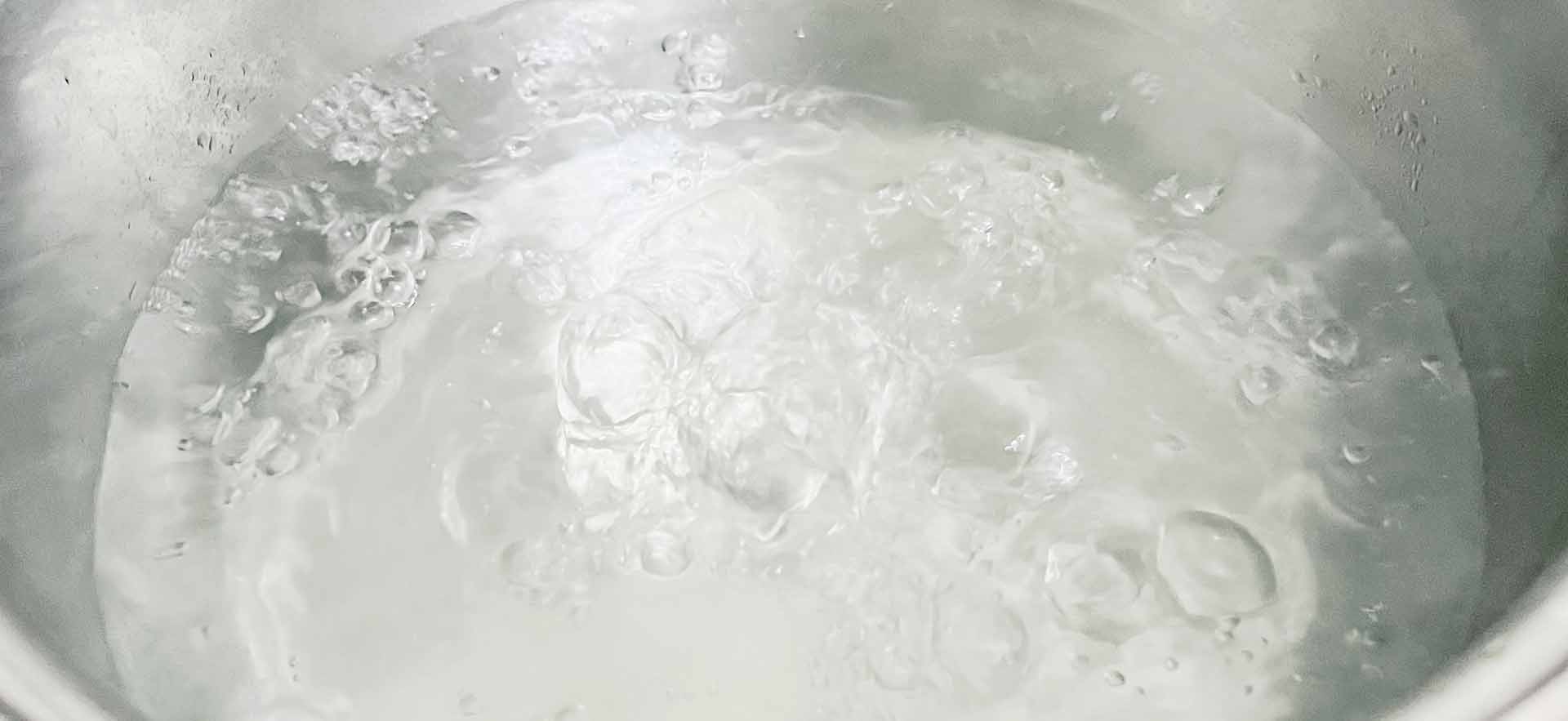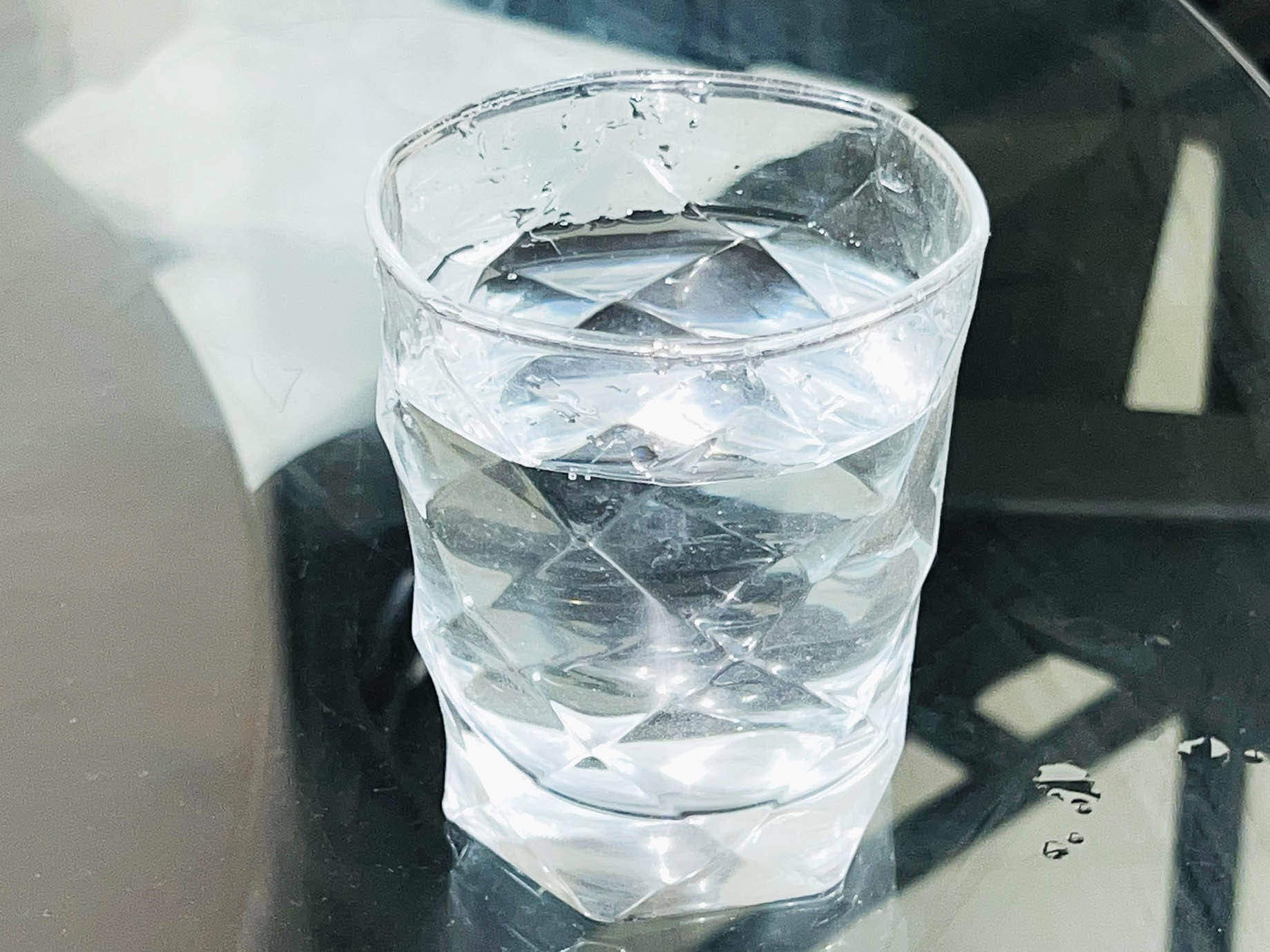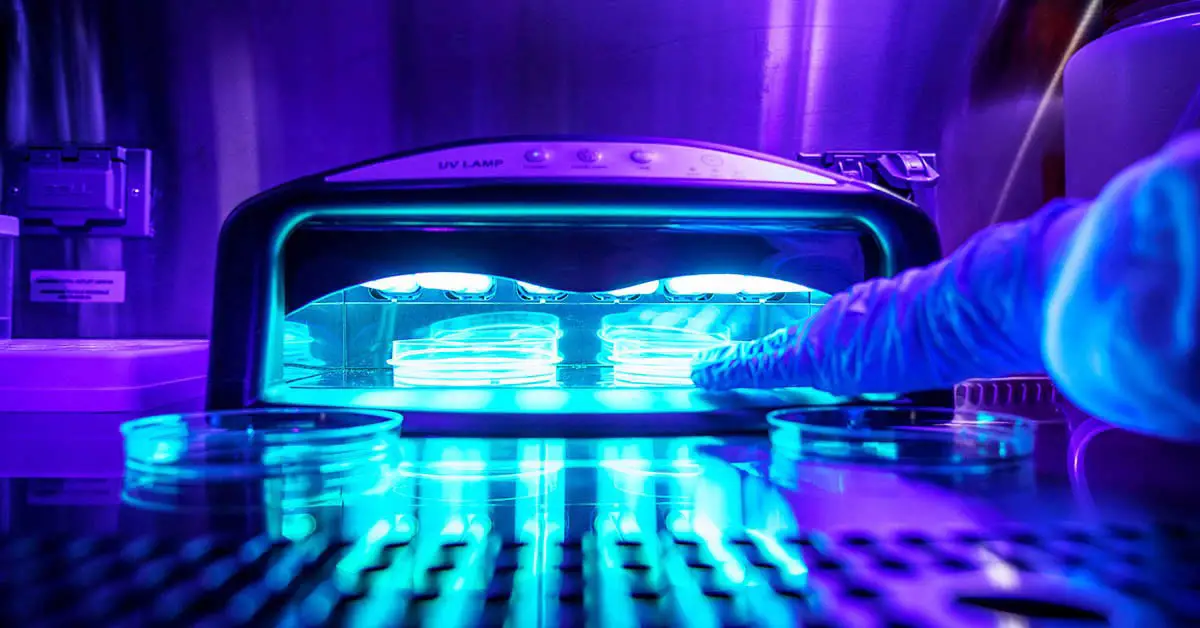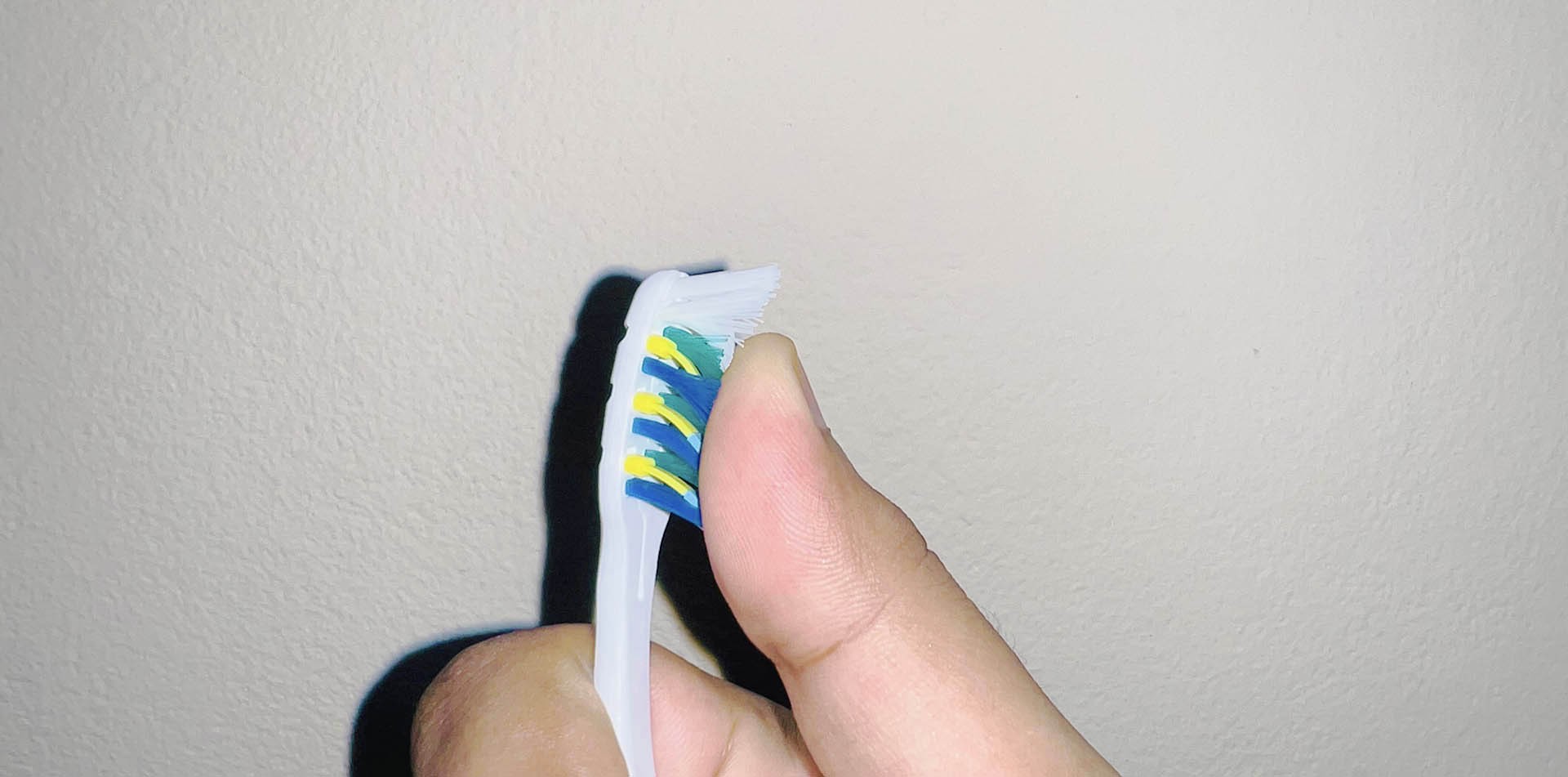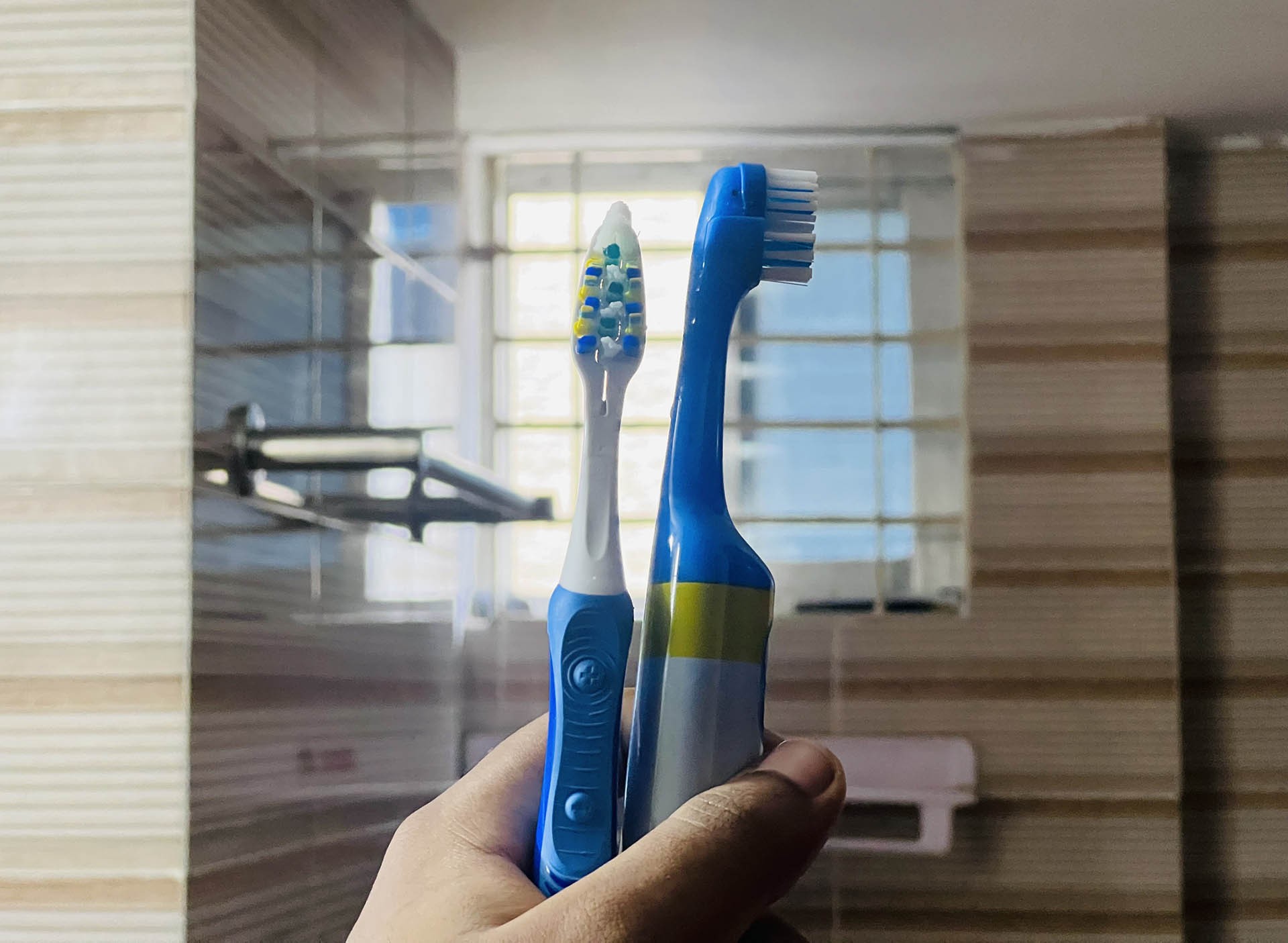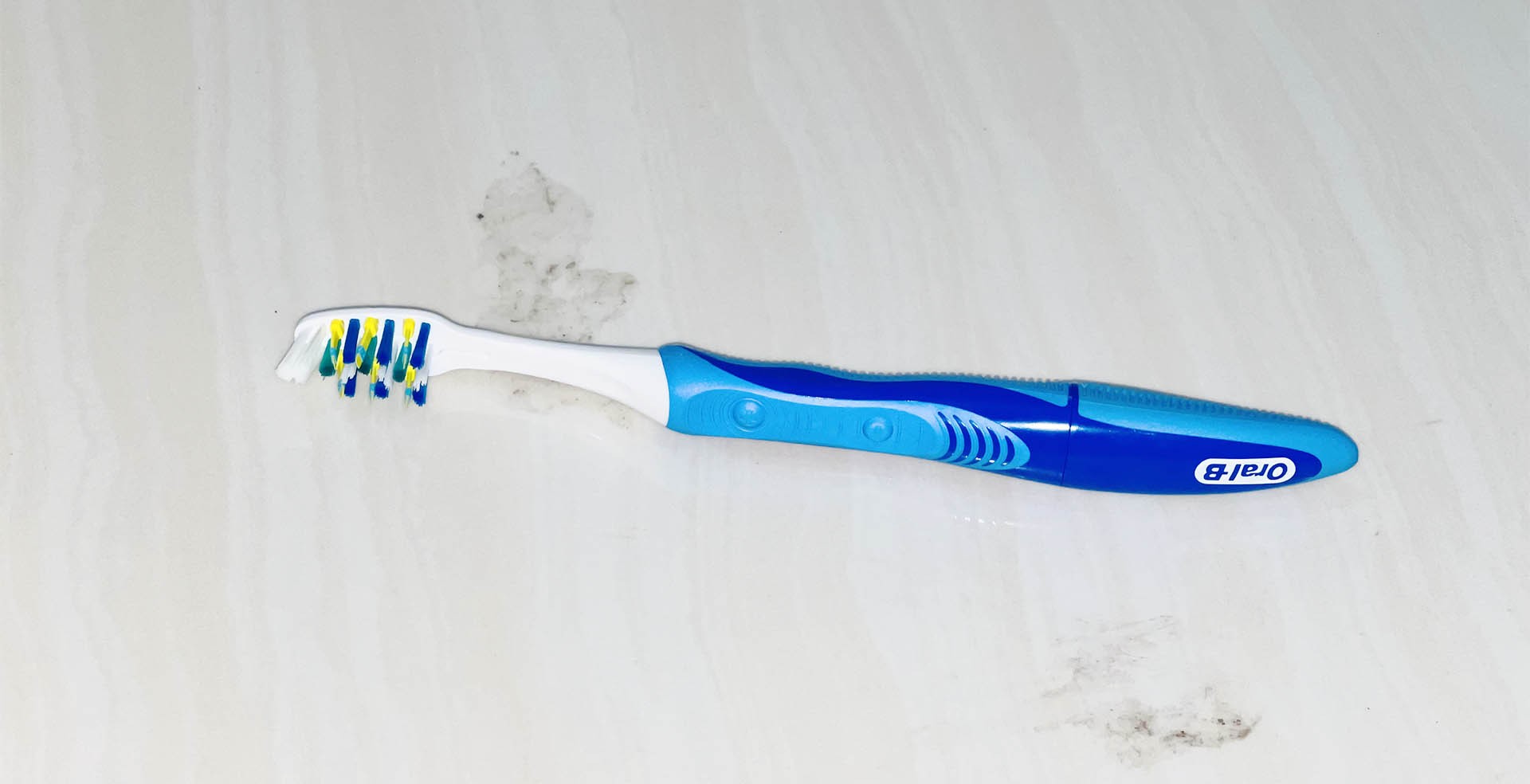Accidents happen, and sometimes our toothbrushes end up hitting the floor. It’s important to clean your toothbrush correctly after it has been dropped. This is to ensure that you’re not reintroducing bacteria and germs into your mouth.
To help you out, I will share with you several tried, tested, and effective ways to clean your toothbrush after dropping it, using simple ingredients and some innovative technologies. Let’s dive in!
8 Best Ways To Clean Your Toothbrush After Dropping
Dropping your toothbrush doesn’t have to be a cause for concern. I have been there too. By following these easy and effective cleaning methods, you can clean your toothbrush easily:
1. 3% Hydrogen Peroxide Solution
To clean my toothbrush after dropping it, the best method I use to clean my toothbrush is a simple and easy solution: 3% hydrogen peroxide. Don’t worry; you don’t need to go back to chemistry class for this! You can actually make a hydrogen peroxide toothbrush cleaner right at home.
Just head to the neighborhood pharmacy and ask for hydrogen peroxide. Then, you only need to place your toothbrush inside, add a teaspoon of the solution, and give it a swirl. After that, let it sit for around 30 minutes before using it again. You will see tiny bubbles form as it sanitizes the toothbrush.
Using 3% hydrogen peroxide will effectively remove any microorganisms on your toothbrush. In fact, I find it to be a great way to keep my toothbrush hygienic after each use.
Just remember, if you decide to use this method, make sure to change the solution before putting your toothbrush back in.
2. Use Vinegar
Did you know that vinegar has multiple uses beyond cooking? You can use it for cleaning, disinfection, and even as an insect repellant. So, the next time you accidentally drop your toothbrush on the floor, consider using vinegar to clean it. This is because It’s another effective method for keeping my toothbrush clean and germ-free.
The process is simple and only requires around 30 minutes of vinegar treatment to see results. Just follow these steps:
- Submerge the affected toothbrush in a solution of vinegar.
- Leave it in the solution for at least 30 minutes to allow the vinegar to work its magic.
- After the designated time, remove the toothbrush from the solution.
- Give it a thorough washing to remove any vinegar residue.
- Finally, place the clean toothbrush back in its holder.
3. Baking Soda
To clean my toothbrush after dropping it, another thing I turn to the power of baking soda. Baking soda, also known as sodium bicarbonate, has powerful antibacterial properties. It can effectively eliminate hundreds of different germs that can cling to your toothbrush. This is a mild abrasive that can help to scrub off any dirt or plaque from your toothbrush.
It’s important to note that while baking soda is great at killing most germs, it may not be effective against Salmonella, Staph, or E. coli. When it comes to using baking soda to clean my toothbrush, I don’t need much.
Just two tablespoons mixed with a cup of water is plenty. Before you immerse your toothbrush in the mixture, whisk the baking soda and water together to create a powerful cleaning solution. Then, give the mixture some time to work its magic on your toothbrush.
4. Submerge It In Boiling Water
To clean your toothbrush after dropping it, another way I recommend is submerging it in boiling water. Trust me; this method is highly effective in eliminating germs and other organisms.
Many people opt for hot water instead of boiling water, but let me tell you, boiling water is the way to go. It may seem simple, but not everyone does it correctly.
Here’s how you do it: Immerse your toothbrush in boiling water for a few minutes. The high temperature will destroy any viruses or germs lingering on the bristles. Just remember not to leave the toothbrush in the boiling water for too long to prevent the plastic from melting.
5. Use Antiseptic Mouthwash
You see, mouthwash is not just for freshening your breath – it’s also a potent germ killer for your mouth and toothbrush. In fact, it works just as effectively as 3% hydrogen peroxide.
So, here’s what I do:
- First, I pick up the toothbrush from the floor and give it a good rinse to remove any dirt or debris.
- Then, I grab a small cup and place the toothbrush inside. Next, I cover the bristles with a generous amount of antiseptic mouthwash, making sure they are fully immersed.
- After that, I let it soak for about 15 minutes, allowing the antimicrobial properties of the mouthwash to work their magic.
- Finally, I thoroughly rinse the toothbrush with clean water to remove any residual mouthwash.
6. Denture Cleaner
Another method I’ve found effective is using a denture cleaner. Denture pills can be a handy tool for cleaning your toothbrush. Just drop a denture cleanser tablet into a cup of water and let it dissolve.
Then, dip your toothbrush head into the solution, allowing the antibacterial components of the tablet to work their magic in combating any disease-causing microbes that may be present.
This option is especially useful if you prefer not to use hydrogen peroxide or other remedies. Rest assured, any residue left from the denture cleaner on your toothbrush is perfectly safe for oral use, so there is no need to worry.
7. Use Rubbing Alcohol
Another option is to use rubbing alcohol, also known as isopropyl alcohol. While it may not be as commonly used as vinegar and baking soda, having a bottle of rubbing alcohol on hand can be quite handy. When your toothbrush comes into contact with the floor, this chemical can be quite harsh on any bacteria that may be present.
To use rubbing alcohol, simply soak your toothbrush in it for 30 seconds. However, it’s important to note that rubbing alcohol has an unpleasant taste and smell.
Therefore, after disinfecting your toothbrush with alcohol, I recommend giving it a thorough rinse with fresh water.
8. Uv Light Technology
You may consider utilizing UV light technology to clean your toothbrush. UV light sanitizers can effectively destroy the DNA molecular bonds of microbes, including bacteria and viruses, making it difficult for them to survive. If you already own a UV light sanitizer, it can be a great tool to ensure your toothbrush stays germ-free.
It is important to note that while UV light technology is effective, it may not be as powerful as other cleaning agents, such as hydrogen peroxide or vinegar.
Additionally, using UV light too frequently may potentially deteriorate the quality of the plastic bristles. Therefore, if you choose to use UV light technology, it is recommended to use it sparingly.
Also read:-Best Toothpaste For Electric Toothbrush Reviews 2023
What Can Happen When You Drop Your Toothbrush?
As someone who values oral hygiene, I know the importance of a reliable toothbrush. But accidents happen; sometimes, we drop our toothbrushes on the floor or in the sink.
While it may seem like a minor mishap, there can be consequences to dropping our toothbrushes. Below are these consequences and solutions to help you maintain a healthy smile:
Bacterial Contamination
When you drop your toothbrush, it can come into contact with various surfaces, including dirty floors or contaminated sinks. This exposes your toothbrush bristles to bacteria, which can lead to oral infections and other dental problems.
To avoid bacterial contamination, cleaning your toothbrush thoroughly after it has been dropped is crucial.
Damaged Bristles
The bristles can become bent or distorted when a toothbrush hits a hard surface, such as a tile floor. Damaged bristles can be less effective at removing plaque and debris from your teeth, compromising your oral health.
Regularly inspecting your toothbrush for any signs of damage and replacing it if necessary is essential to maintain optimal brushing results.
Wear And Tear
Dropping your toothbrush repeatedly can cause premature wear and tear. Over time, this can lead to frayed or splayed bristles, reducing the effectiveness of your brushing routine.
Replacing your toothbrush every three to four months or as soon as you notice significant wear and tear is recommended.
Germs And Mold Growth
Damp environments, like your bathroom, can be a breeding ground for germs and mold. When a dropped toothbrush is not adequately dried, it becomes an ideal environment for these microorganisms to thrive.
To prevent germs and mold growth, ensure that your toothbrush is stored in an upright position and allow it to air dry completely between uses.
Cross-Contamination
Sharing a bathroom with others increases the likelihood of cross-contamination. Suppose you drop your toothbrush, and someone else’s toothbrush comes into contact with it. In that case, you may be exposing yourself to their oral bacteria.
It’s crucial to store your toothbrush separately from others and replace it if it has been in contact with someone else’s toothbrush.
Psychological Discomfort
Dropping your toothbrush may seem trivial, but it can cause anxiety or discomfort for some individuals. The thought of using a contaminated toothbrush or not achieving optimal oral hygiene can lead to stress or worry.
To alleviate this psychological discomfort, practicing good oral hygiene habits and implementing proper cleaning techniques can provide peace of mind.
Preventive Measures To Avoid Dropping Your Toothbrush
Avoiding dropping my toothbrush is crucial for maintaining good oral hygiene and avoiding the potential consequences of contamination or damage. Here’s my step-by-step guide on how I practically prevent this from happening:
-
Secure Storage
First, I make sure to store my toothbrush in a secure and stable holder. This reduces the risk of it falling out or being knocked over. I prefer a holder with individual slots for each toothbrush, as it keeps them upright and separated from each other.
-
Mindful Handling
When I pick up my toothbrush, I make sure to have a firm grip on the handle. You should avoid hasty movements that could cause it to slip out of your hand. When you are done brushing, carefully place it back in its holder rather than tossing it in.
-
Clean Workspace
I keep my bathroom counter tidy to reduce the likelihood of knocking my toothbrush over accidentally. By minimizing clutter, there’s less chance for accidental bumps or nudges.
-
Focused Routine
I try not to multitask while brushing my teeth. Concentrating on brushing rather than juggling multiple tasks makes you less likely to drop your toothbrush.
-
Avoiding Wet Handles
I make sure my hands are dry before I pick up my toothbrush. Wet hands can cause the toothbrush to slip and fall. Similarly, you should rinse and dry the handle of your toothbrush after use to make it less slippery the next time you pick it up.
-
Appropriate Toothbrush
I chose a toothbrush with a non-slip handle. These are designed to be easier to grip, reducing the chances of accidental drops.
FAQs
You already know about cleaning your dropped toothbrush. However, the following questions might aid you regarding the situation:
Should You Throw Away A Toothbrush That Fell On The Floor?
Suppose your toothbrush briefly comes into contact with your bathroom sink. In that case, it can be salvaged by running it under warm water and sanitizing it. However, if it falls on the floor or into a toilet, especially in a public restroom, it is generally recommended to discard the toothbrush.
Can You Clean A Toothbrush That Fell In The Toilet?
Cleaning a toothbrush that fell in the toilet is possible using a few methods. One option is to boil it in water for a few minutes, ensuring proper sanitization.
Alternatively, you can soak it in a mixture of 4 oz. of water and a capful of bleach, which effectively kills bacteria and germs. If you prefer, you can also opt to replace the toothbrush entirely for peace of mind.
What If I Accidentally Used Someone Else’s Toothbrush?
If you find yourself in the situation of accidentally using someone else’s toothbrush, there’s no need to panic. To minimize the presence of any germs you may have inadvertently ingested, rinse your mouth with mouthwash, or water will suffice if mouthwash is not available. You also read about full details for this topic Accidentally Used Someone Toothbrush.
Can I Use A Dishwasher To Clean My Toothbrush?
It is not recommended to clean your toothbrush in a dishwasher. The high temperatures and harsh detergents used in dishwashers can damage the bristles and handle of your toothbrush, rendering it ineffective. Stick to the methods mentioned above for a safe and effective cleaning process.
Conclusion
Taking care of your toothbrush is essential for maintaining good oral hygiene and preventing dental problems. I know it doesn’t have to be disastrous when I accidentally drop my toothbrush. Following these preventive measures and utilizing the best cleaning methods ensures your toothbrush remains clean and free from harmful bacteria.
Keeping your toothbrush squeaky clean is vital for your oral health, so next time you drop it, remember to take the necessary steps to keep it in top shape.
Also read – Can Electric Toothbrushes Cause Canker Sores?

